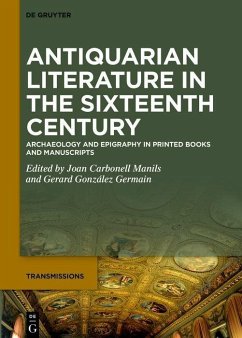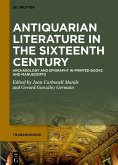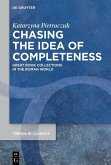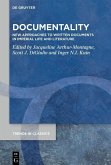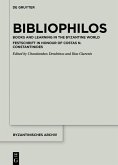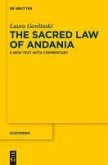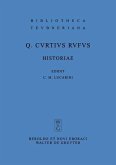During the sixteenth century, antiquarian studies (the study of the material past, comprising modern archaeology, epigraphy, and numismatics) rose in Europe in parallel to the technical development of the printing press. Some humanists continued to prefer the manuscript form to disseminate their findings - as numerous fair copies of sylloges and treatises attest -, but slowly the printed medium grew in popularity, with its obvious advantages but also its many challenges. As antiquarian printed works appeared, the relationship between manuscript and printed sources also became less linear: printed copies of earlier works were annotated to serve as a means of research, and printed works could be copied by hand - partially or even completely.
This book explores how antiquarian literature (collections of inscriptions, treatises, letters...) developed throughout the sixteenth century, both in manuscript and in print; how both media interacted with each other, and how these printed antiquarian works were received, as attested by the manuscript annotations left by their early modern owners and readers.
Joan Carbonell Manils and Gerard González Germain, Autonomous University of Barcelona, Spain.
Dieser Download kann aus rechtlichen Gründen nur mit Rechnungsadresse in A, B, BG, CY, CZ, D, DK, EW, E, FIN, F, GR, HR, H, IRL, I, LT, L, LR, M, NL, PL, P, R, S, SLO, SK ausgeliefert werden.

